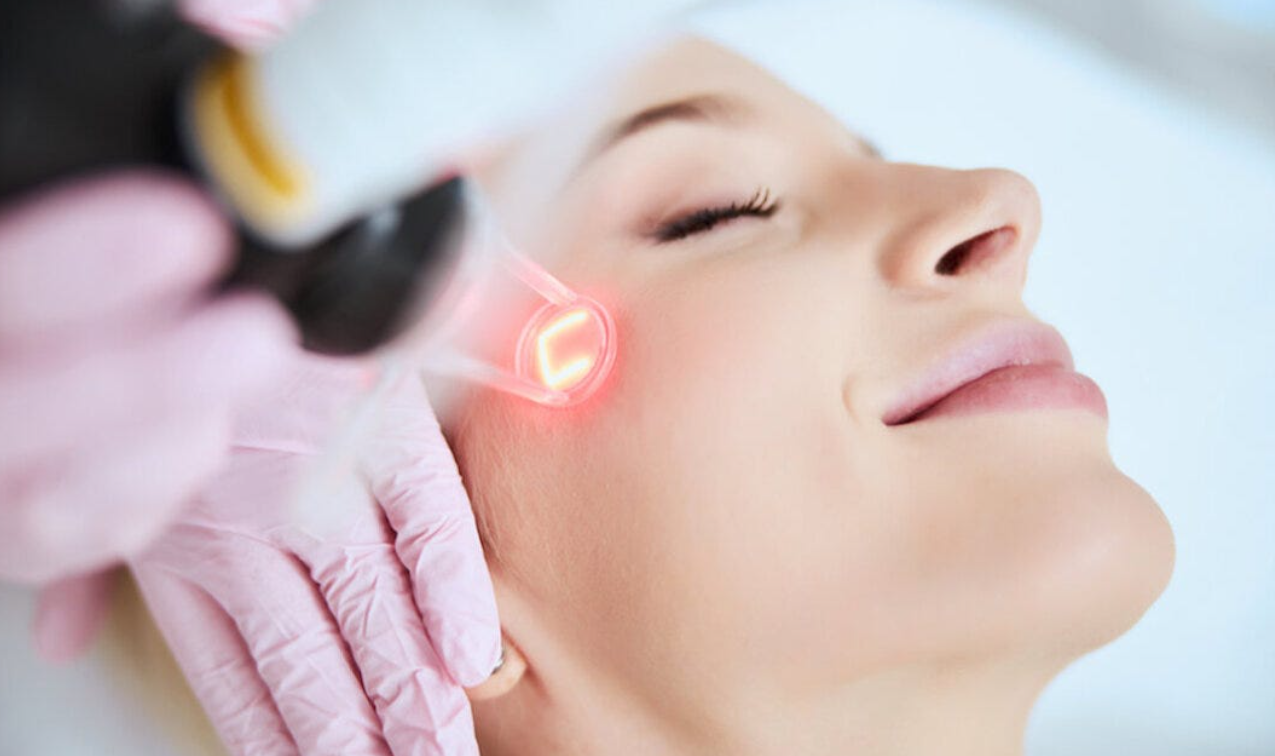Pico Laser Downtime: What You Should Know
In the fast-paced world of aesthetic treatments, Pico laser technology has emerged as a revolutionary solution for skin rejuvenation and tattoo removal. The allure of minimal downtime is a significant factor drawing individuals towards Pico laser procedures, particularly the popular PicoSure laser. If you're contemplating undergoing a Pico laser treatment, it's crucial to understand the ins and outs of Pico laser downtime and recovery.
Understanding Pico Laser Technology
Pico laser technology operates on the principle of delivering ultra-short pulses of energy to the targeted skin areas. This rapid delivery of energy distinguishes Pico lasers from traditional lasers, offering more precision and effectiveness. PicoSure, a leading Pico laser brand, has gained immense popularity for its ability to break down pigments with unprecedented speed, making it a preferred choice for tattoo removal and skin revitalisation.
The Appeal of Minimal Downtime
One of the key attractions of Pico laser treatments is the promise of minimal downtime. Traditional laser treatments often necessitate extended recovery periods, causing inconvenience for individuals with busy lifestyles. Pico lasers, however, significantly reduce this downtime, allowing individuals to resume their routine activities swiftly.
Pico Laser Downtime Explained
Pico laser downtime refers to the period during which the skin undergoes the natural healing process post-treatment. It's essential to note that the duration of downtime can vary based on several factors, including the specific Pico laser used, the treated area, and individual skin characteristics.
For PicoSure laser treatments, the downtime is generally shorter compared to older laser technologies. Most individuals experience redness and mild swelling immediately after the procedure, which typically subsides within a few hours. Unlike traditional lasers that may require days of recovery, Pico laser downtime is often measured in hours, not days.
Pico Laser Recover: What to Expect
Understanding the recovery process is crucial for anyone considering a Pico laser treatment. While Pico laser downtime is minimal, it's essential to follow post-treatment care guidelines to optimise results and ensure a smooth recovery.
Immediate Post-Treatment Care: Directly after a Pico laser session, the treated area may appear slightly red and swollen. Applying a cold compress can help alleviate these symptoms. Avoiding direct sun exposure and using a gentle, hydrating cleanser is recommended in the initial hours post-treatment.
Hydration and Sun Protection: Hydration is key to promoting skin healing. Use a recommended moisturiser to keep the skin hydrated and protected. Sunscreen with a high SPF is crucial to prevent sun damage during the healing process.
Avoiding Strenuous Activities: While Pico laser downtime is short, it's advisable to avoid strenuous physical activities for a day or two post-treatment. This allows the skin to heal without unnecessary stress.
PicoSure Laser Recovery Time: A Closer Look
PicoSure laser recovery time is notably shorter than that of traditional laser treatments. Many individuals find that they can resume their normal activities on the same day as the procedure. The advanced technology used in PicoSure lasers minimises the risk of side effects, contributing to a swift recovery period.
Pico Laser Downtime vs. Traditional Lasers
Comparing Pico laser downtime to that of traditional lasers underscores the significant advantages of Pico technology. Traditional lasers often require several days of downtime, during which individuals may experience discomfort, swelling, and peeling. Pico lasers, on the other hand, offer a more comfortable experience with minimal disruption to daily life.
The Importance of Individual Variability
While Pico laser downtime is generally short, individual variability plays a role in the recovery process. Factors such as skin type, the treated area's sensitivity, and the individual's overall health can influence how quickly the skin heals. Consulting with a qualified practitioner before the procedure ensures a personalised approach, taking into account individual factors to optimise the outcome.
Conclusion: Embracing the Pico Laser Advantage
The allure of Pico laser technology lies not only in its effectiveness but also in the promise of minimal downtime. PicoSure laser downtime is a fraction of what traditional lasers demand, making it an attractive option for those seeking quick, efficient, and comfortable skin rejuvenation or tattoo removal.
Before undergoing any Pico laser treatment, it's advisable to consult with a qualified practitioner who can assess your individual needs and provide tailored recommendations. With the right guidance and understanding of the recovery process, you can confidently embrace the Pico laser advantage and achieve the skin transformation you desire without compromising your busy lifestyle.
FAQs
What Are the Advantages of Choosing Pico Laser Technology over Traditional Lasers?
Pico lasers offer enhanced precision, minimal downtime, and quicker results compared to traditional laser treatments.
What Sets Pico Lasers Apart from Traditional Laser Treatments?
Pico lasers use ultra-short pulses of energy, offering precision and effectiveness beyond traditional lasers, making them preferred for various skin concerns.
What Is PicoSure, and Why Is It a Popular Choice for Laser Treatments?
PicoSure is a leading brand in Pico laser technology, known for its remarkable speed in breaking down pigments, making it highly effective for tattoo removal and skin revitalisation.
How Long Is the Typical Downtime After a Pico Laser Treatment?
Pico laser downtime is minimal, often measured in hours rather than days, allowing individuals to resume normal activities swiftly.





